Providing a young child with oral health care helps ensure long-term oral health for the future. But today, California’s children are facing an oral health care crisis. In 2013, over half of the children enrolled in Medi-Cal did not receive an oral health visit through the program and, at 57 percent, the numbers were no better for the program’s youngest enrollees, aged zero to three. For pregnant women, one study found that over half of all pregnant women had experienced a dental problem and, of them, six in ten were not receiving oral health care. The need for urgent action to address the interconnected needs of both generations is evident.
As we explore ways to better meet the oral health care needs of children and families, early childhood home visiting programs can be a critical resource in reaching families with information about good oral health practices early in their child’s life. The strategies used by home visiting programs to achieve results—like the frequency and duration of visits to the family, early intervention, anticipatory guidance, and education—can be effective in improving children’s oral health.
There is also a growing recognition that the dentist is not the only provider that can address children’s oral health needs. A team approach is necessary to provide the comprehensive oral health education, preventive services, and care management families need. Home visitors can be an integral part of the team, especially given the severe lack of oral health providers available to treat children and the systemic barriers that pregnant women and young children face in getting care.
Therefore, it only makes sense to build a stronger connection between home visiting and oral health in a way that maintains the fidelity to the home visiting model and does not overburden home visitors with onerous requirements.
Our recommendations for next steps:
- Provide home visitors with the training and resources they need to incorporate oral health practices into their activities.
- Collect oral health data from home visiting programs so that we can better understand the impact of home visiting on the oral health of children and families, and develop the evidence base for funding to include oral health practices in home visiting programs.
- Create stable funding streams to support home visiting overall so that it is a viable avenue to bring preventive services to children and families, including preventive oral health services.
These next steps create an opportunity to give home visitors the tools they need to better serve the oral health needs of children and families. They also give advocates the opportunity to increase awareness in both the home visiting and oral health communities on the importance of this strategic connection. Together, we can create a system of oral health care in which early childhood home visitors are a key part.
You can read more details about each of our recommendations in “Healthy Mouth, Healthy Start: Improving Oral Health for Young Children and Families Through Early Childhood Home Visiting.”
